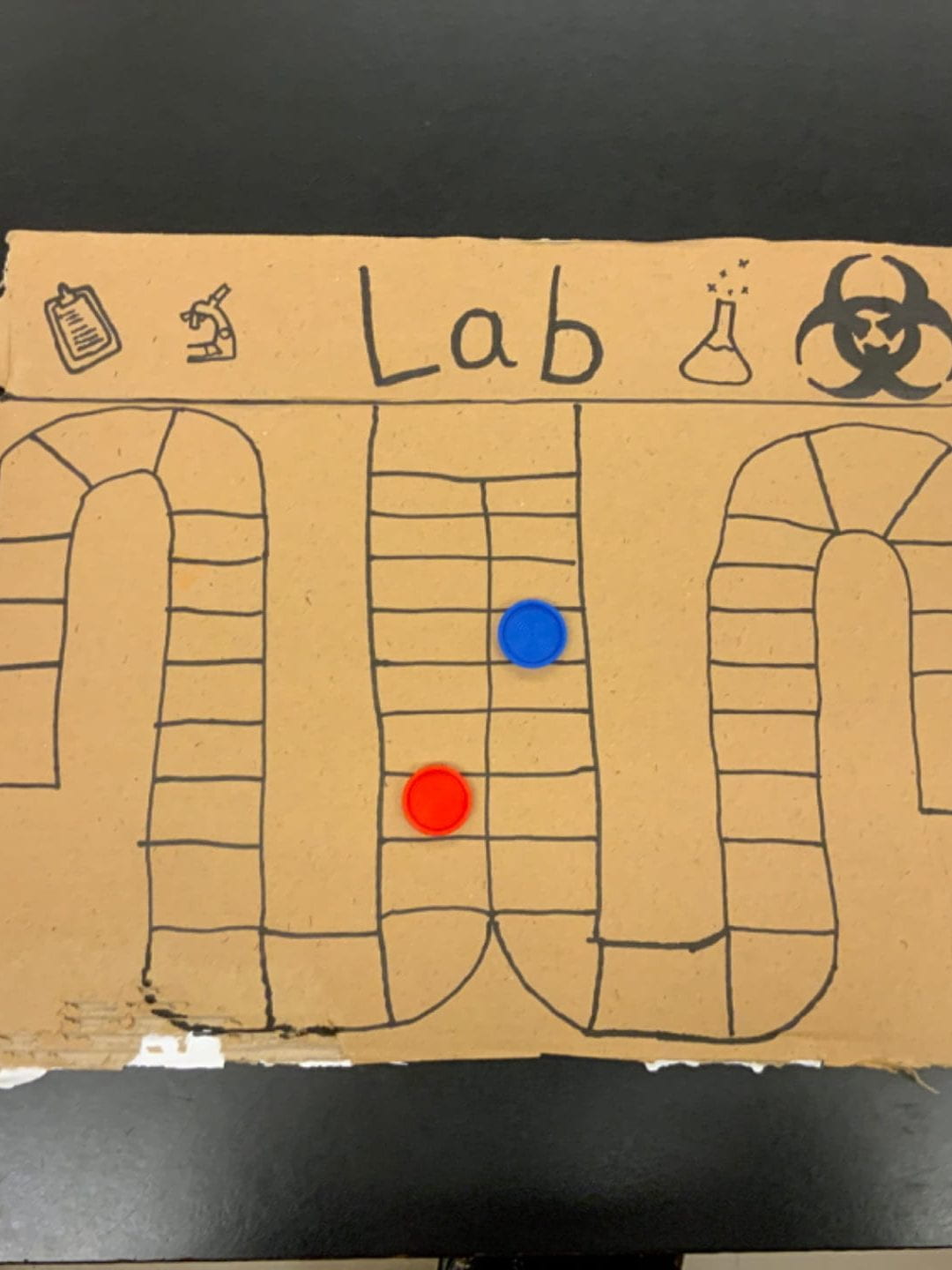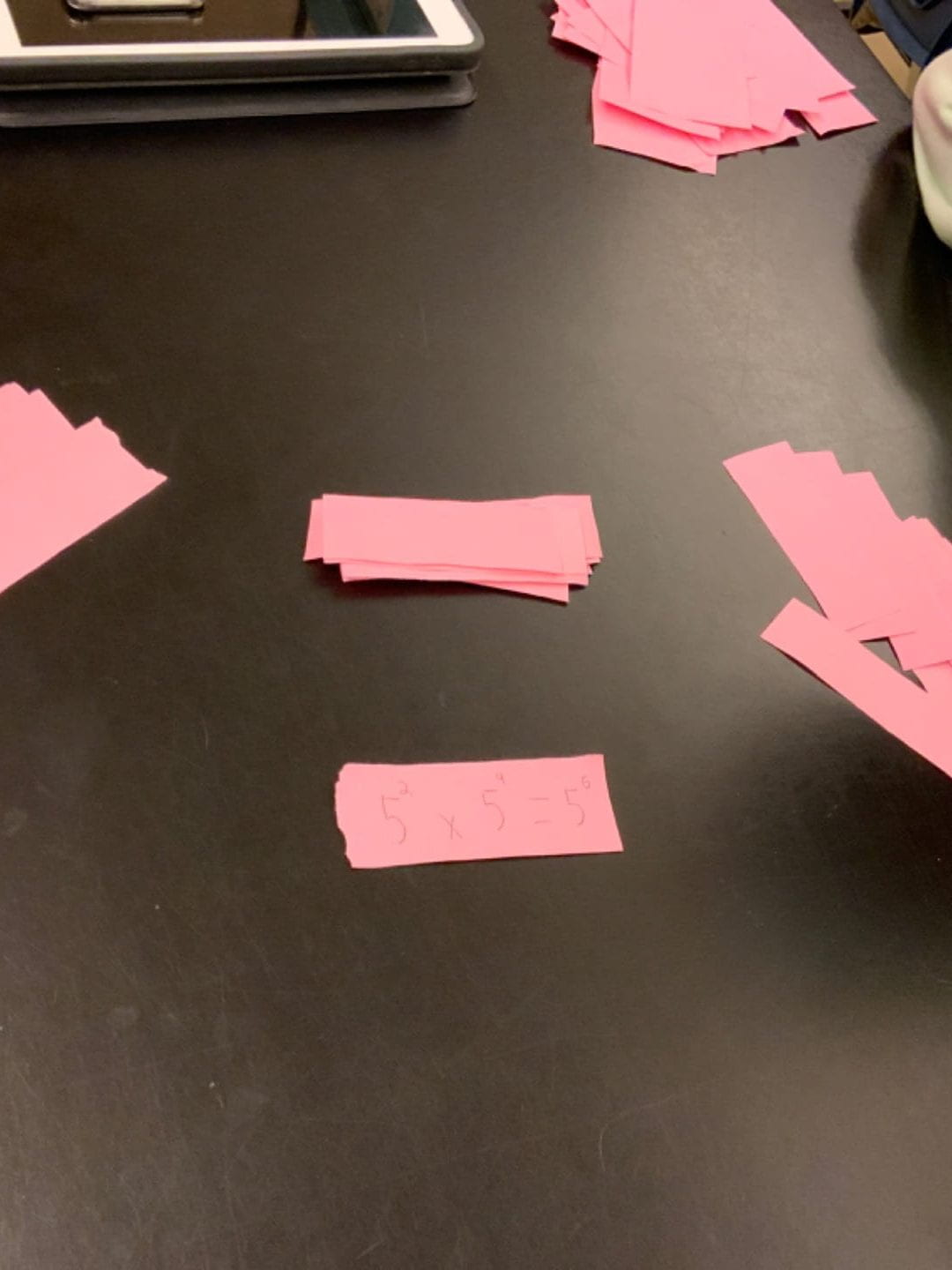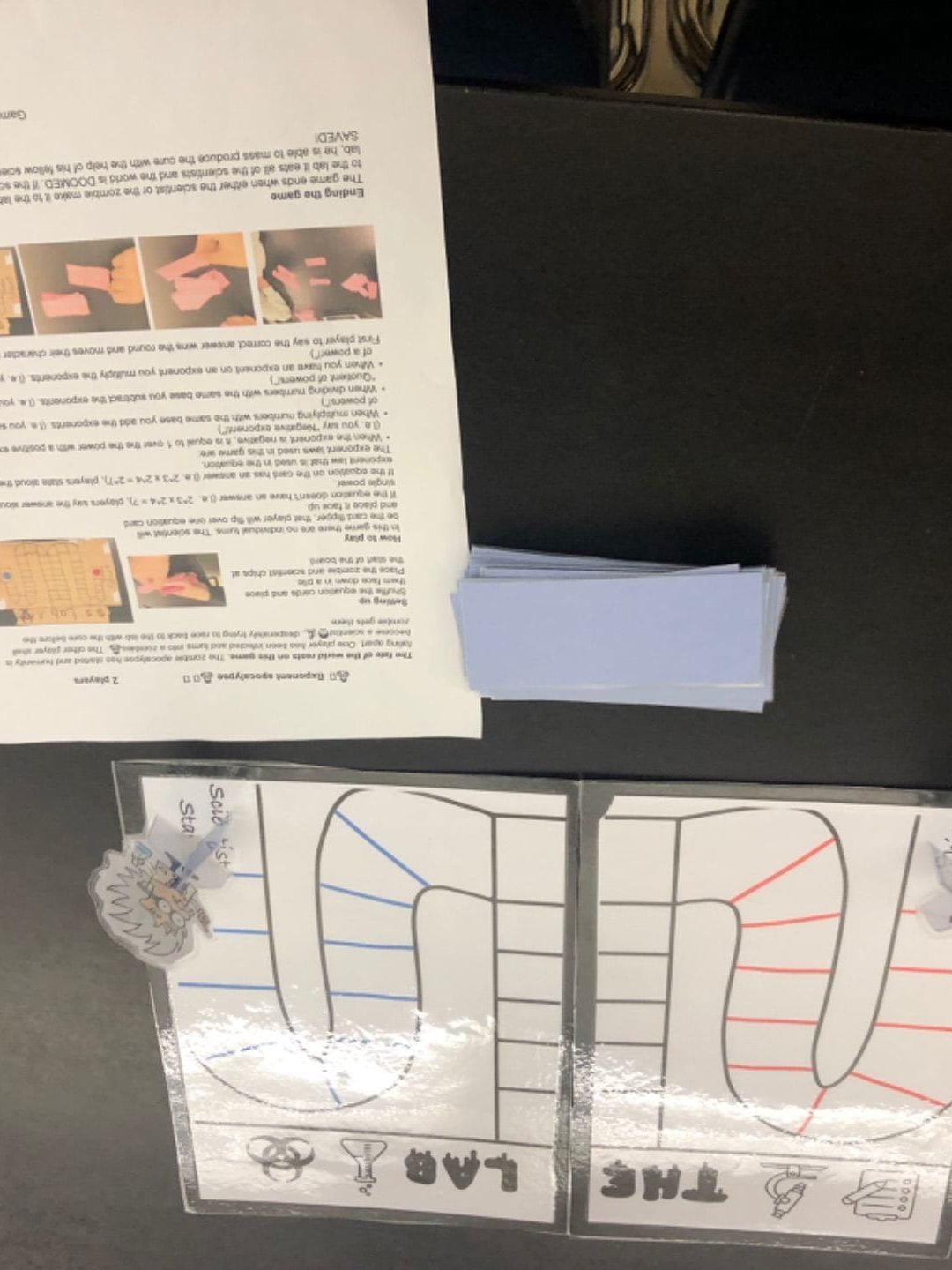HellooOOooOooOOOOoooOOO and welcome back to another year of PLP blog posts. As you may have guessed, we just finished our first project in Scimatics 9. I found this project to be similar to the game about tectonic plates that we did in grade 8. The end result of this project was to be fun game that used exponent laws. And without further ado, I shall take you through the ins and outs of the creation of my partner and I’s game, the EXPONENT APOCALYPSE.
Starting off
As per any usual scimatics project, this project started with a project start mind map. The project start mind maps are a way to gather all of your knowledge and questions before starting the new project. I tried to write down all of the ways that math is included in games and what I already knew about exponents.

The project
We launched this project with a practise in creating game rules. As a group we were asked to create games that used a certain number of dice and involved addition, subtraction, multiplication, and division, in the rules. It was basically a toned down version of the final game that we would be making.
A huge part of this project was incorporating exponent laws into our games. And in order for that to happen we had to first learn about what exponents were and what laws they followed. We did a multitude of Kahoot! quizzes and workbook pages to really start to understand how exponents function.
Throughout the whole project we were thinking about what we wanted our game to be. The rules, the points system, the objectives, even the game pieces. We made many drafts and had our friends test out our game constantly to see if there were any gameplay issues. Weeks later and we had our final game ready for game day. We call it “Exponent Apocalypse”, a mashup between Zombies and math. The goal is to get to the “Lab” at them end of the game board before the other player. You move up spaces by correctly answering the prompts on the cards flipped in front of you. Here, it makes more sense if you read the game rules; Exponent Apocalypse
Core Competencies
Reasoning and Analyzing: Use logic and patterns to solve puzzles and play games
The points system in our game is quite simple, answer a question correctly and you get to move up one space. We wanted to make sure that we didn’t make it super hard or complicated to win because it’s more fun when you’re not confused half the time.
Communicating and Representing: Represent mathematical ideas in concrete, pictorial, and symbolic forms
This competency mainly focuses on the game rules themselves, if they are clear, complete, interesting, and personalized. Having an obvious theme to the game helped make the game more interesting to play because it gave it a bit of personality. We were going to add in a 5th exponent law to the game but we thought that that may get to complicated for people to remember while playing. Looking back we probably could’ve added another law without jeopardizing the simplicity of the game.
Applying and Innovating: Contribute to care for self, others, community, and world through individual or collaborative approaches
This year I am trying to stay more on track in class. I found that having a good partner like Faith really helped me to use my class time efficiently. Faith and I made an excellent team because our different skills worked alongside each other very smoothly.
Thank god this post is almost done
Well overall I’d say that this project was a success. I learned a lot about exponents and continued to learn about what makes a great game. Hopefully the rest of the projects this year go as smoothly as this one did.
Thanks for reading!
As Always, Brooke.









